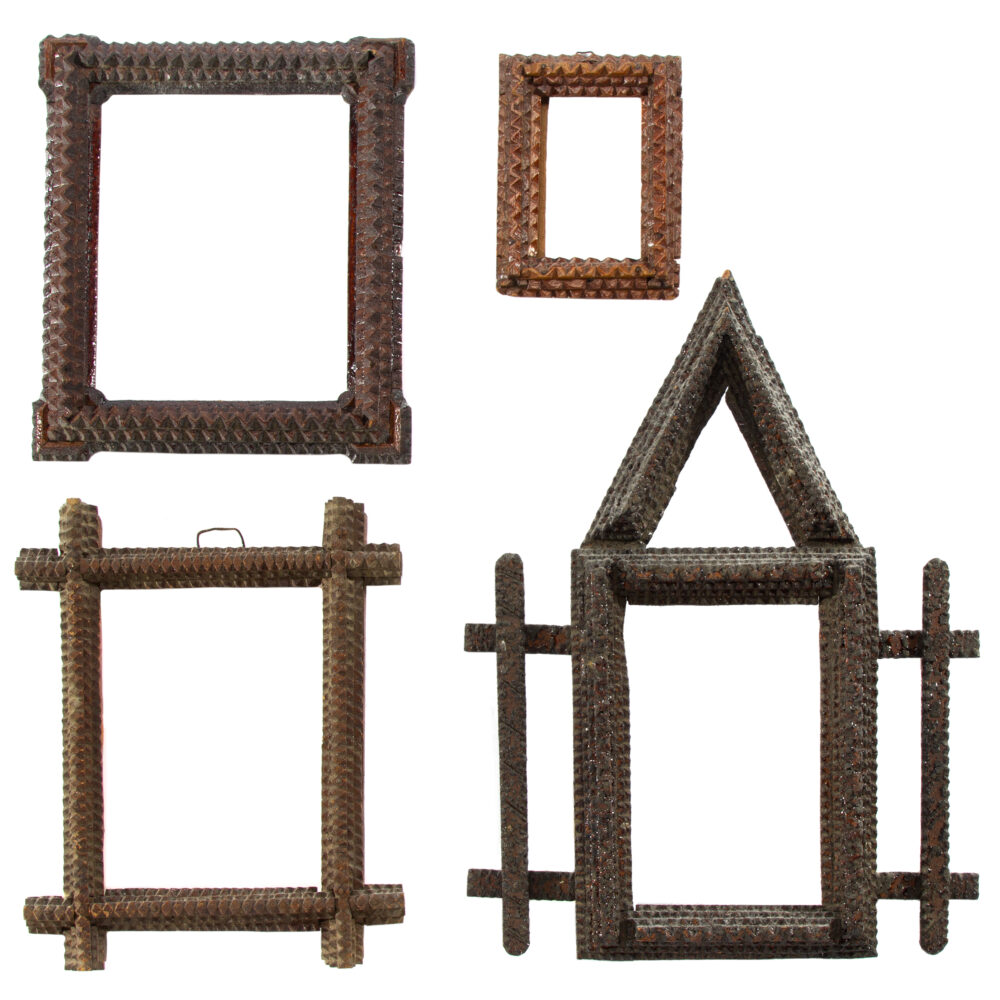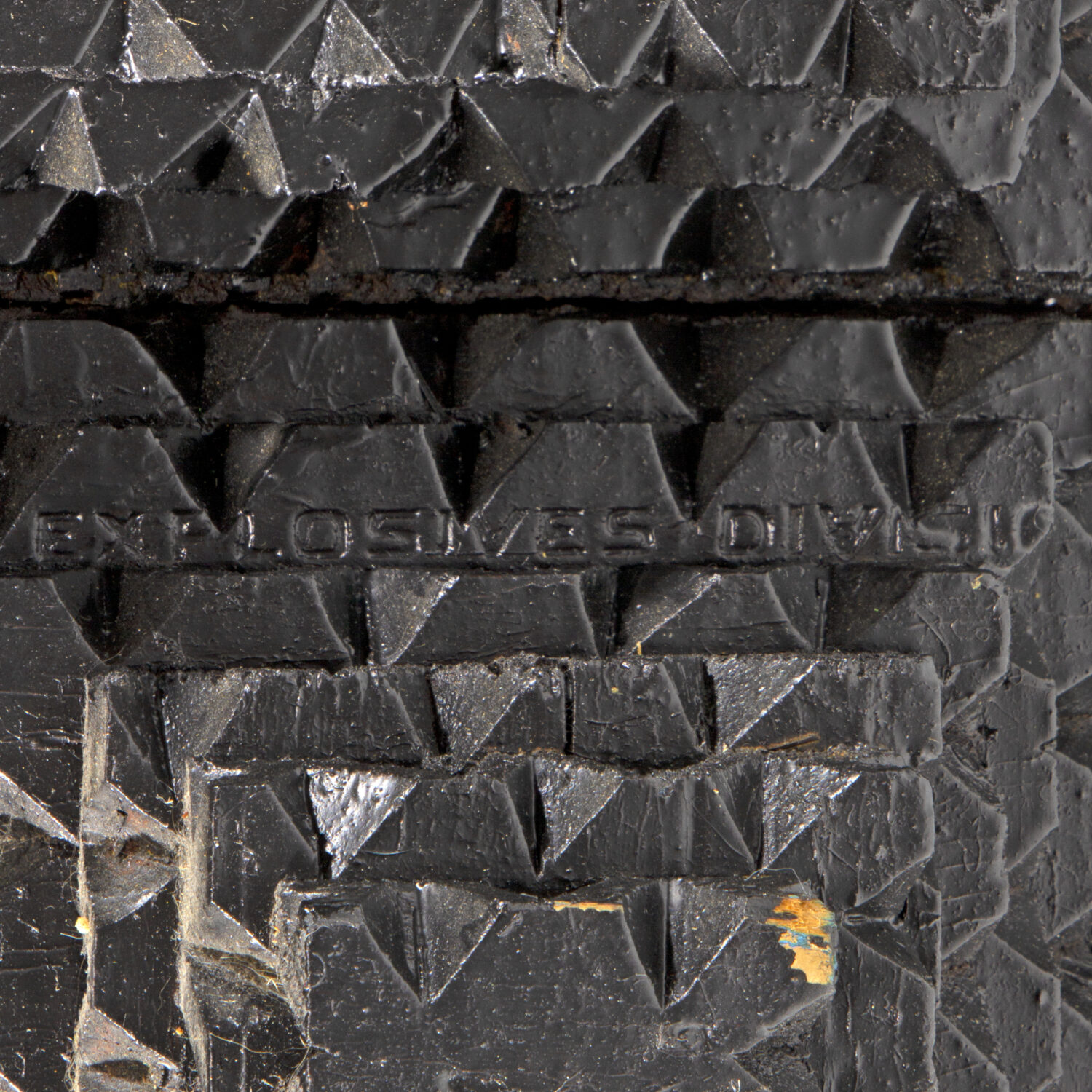Tramp Art: Medium of the Masses
Let's Examine the Word Tramp
The word tramp was often used as a pejorative term to describe a vagrant man or a coquettish woman. It puts in mind individuals living at the edge of proper society, doing what they had to in order to survive. There is a hungry freedom to their lives that inspires both wonder and derision. This word is not used with great frequency in today's world so it makes sense that there is little understanding of what “Tramp Art” could mean.
The Truth About Tramp Art Makers
The name for this art form was assigned by a critic several decades past its heyday. In 1959, Francis Lichten dubbed it “Tramp Work.” in the Pennsylvania Folk Life Magazine.
Although this art form is termed “Tramp Art” there were fewer train riding hoboes than one might think.. Most so called Tramp Art makers were stable domiciled blue collar workers. Little is known about individual tramp art makers.. Very few pieces were signed and their creators may have made only a few of these intricate works in their lifetimes. During the time these works were being made, craft was craft, work was work, art was something out of reach - nestled in a fancy home or hanging on the walls of a museum. These unsung craftspeople may have thought of themselves as creative, but it is doubtful they thought of themselves as artists. Their craft was intentful. Their objects had purpose and utility. In later decades what we have come to define and value is their whimsy.
What is Tramp Art?
This style of art is a master class in turning actual trash into treasure. Back in the day, Repurpose and or Reuse were not ecological buzzwords like they are now. It was practical not to spend money on things you might want, but didn’t need. But if you made it yourself, from the flotsam of industry, well heck, why not? People made everything. Their communities were not commercialized in ways we accept today. When you needed something, you made it. Why in the world would you travel to a store and buy a loaf of bread, when you could make your own loaf at home? What we now call Tramp Art, was most popular in the US from the 1870’s to the 1940’s. This form was a highly accessible medium of self expression due to the startup costs being so low. Materials were largely found and therefore free. The only tools one needed were a pocket knife, glue, and nails. The wood used was salvaged, from cigar boxes or shipping crates for larger pieces.These materials were then notch carved into geometric shapes and layered together as frames, boxes, chests and even clock cases and bed frames! Each piece is one of a kind. None of them were ever mass produced.
Tramp Art Up For Auction
The large trunk we have up for auction on July 24th is a large example of the form. It was made in two parts and then joined together. There is a piece on the back where it is clearly stamped, “Explosives Division” which leads us to believe it was salvaged from a mining operation or from a railroad construction site. This stamp lends credence to it being an authentic 19th century piece. The chest is approximately 42” wide x 16.5” tall x 22” deep.
We also have the pictured pyramid box that stands 15" tall by 11" and a set of four picture frames the largest of which is 15" by 11".
Fine Estate, Inc. is a San Francisco Bay Area Company offering auction and consignment services.




